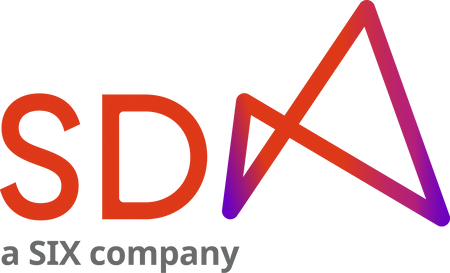In this interview, we sat down with Stefan Bosshard, Head Fixed Income at SDX, to explore the recent permission granted to SDX to list bonds under foreign law. Stefan elaborates on how this development signifies a significant expansion for SDX, enhancing diversity and accessibility within the bond market. Additionally, we discuss the opportunities this permission opens up for SDX in terms of expanding its digital asset trading offerings, the potential impacts on financial market liquidity and accessibility, and the stringent security measures in place to ensure the integrity of digital bond trading on SDX’s platform.
Hi Stefan! SDX has been granted permission to list bonds under foreign law. Can you elaborate on the significance of this development for bonds?
This development represents a significant expansion for SDX, especially regarding bond listings. Moving forward, SDX will have the capacity to include bonds governed by foreign laws, with the condition that the global certificate is deposited with a central securities depository recognized by SDX (excluding SIX Digital Exchange AG). This advancement is crucial as it widens opportunities for issuers from various jurisdictions to utilize SDX’s infrastructure, enhancing diversity and accessibility within the bond market.
With this new permission, what kind of opportunities does SDX foresee in terms of expanding its digital asset trading offering?
Although the primary focus of this new permission relates to bond listings, SDX sees broader opportunities emerging in the field of digital asset trading. We aim to accommodate market players who prefer issuing bonds through their ‘home’ Central Securities Depositories (CSDs), providing them with access to a digital market infrastructure. Additionally, while these bonds may initially be issued through established CSDs, our vision extends towards tokenization, enabling them to be seamlessly traded on exchanges with atomic settlement. This initiative not only expands our market reach but also paves the way for innovative trading offerings, enriching our digital asset ecosystem and opening new avenues for investors and issuers alike.
How do you anticipate this development impacting the overall landscape of financial markets, particularly in terms of liquidity and accessibility?
By embracing bonds governed by diverse legal frameworks, we foresee a broader participation of market players in our platform. This inclusivity has the potential to stimulate liquidity as more issuers engage with SDX. Additionally, providing different market participants with various avenues to access a new-generation market infrastructure can expedite the market’s transition.
What about security and integrity in digital bond trading on SDX’s platform, especially considering the growing concerns about cybersecurity? How does SDX ensure everything stays secure and reliable?
At SDX, ensuring the security and integrity of digital bonds is paramount. We’ve adopted comprehensive measures to address cybersecurity concerns effectively, in line with endorsements from major rating agencies like Moody’s. Moody’s assessment acknowledges that technology-related risks on our blockchain-based platform are effectively mitigated, equivalent to traditional issuance methods. This recognition reflects our commitment to meeting stringent regulatory standards, ensuring the same quality standards as traditional infrastructures.
SDX and SIX share the same comprehensive business continuity plan, ensuring operational resilience. This plan includes a 10-day grace period to address any potential disruptions promptly, underscoring our commitment to maintaining uninterrupted service. Additionally, the private permissioned nature of SDX’s DLT platform significantly reduces technology-related cyber risks. Moody’s affirms that digital bond issuance on SDX does not increase cyber risk exposure to the issuer. This is due to the absence of direct links between the issuer’s IT systems and our blockchain platform.
Thank you, Stefan!

